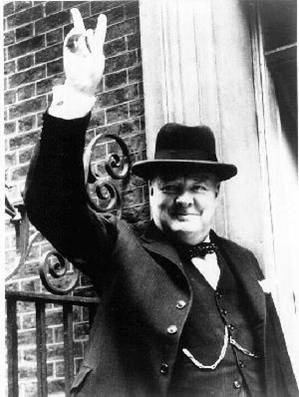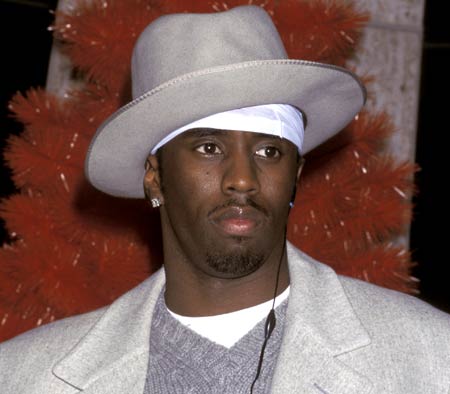By 30 I had grown too tall for my hair. It’s a common condition that sneaks up on men without warning the same way love handles ambush women. Unlike love handles, outstripping your hair can involve unexpected physical pain. In fact, that’s the way most men learn they are losing their locks even before the shower drain clogs. The early warning system sounds one morning, usually after a beach day, when you run the comb through your thatch and wonder how your scalp caught fire.
Then it takes a while to come to the idea of wearing a hat.
First there’s denial – a stage in which most men try the comb-over (and some never get past). Next comes bargaining, where you try to make a deal with God or a rep from a pharmaceutical company (who emits whiffs of sulfur and solved his own problem with hair plugs) to grow your hair back.
 Finally there’s graceful acceptance. You turn philosophical and tell your friends about all the time you save by not having to shampoo or that being bald means never having to say you’re sorry for a bad hair day.
Finally there’s graceful acceptance. You turn philosophical and tell your friends about all the time you save by not having to shampoo or that being bald means never having to say you’re sorry for a bad hair day.
Acceptance opens whole new fields of consideration.
Okay, the truth is that when you set out to buy a hat for anything other than stylish reasons, it’s almost like pre-planning the funeral of your youth, hopes and dreams. Like finally accepting the need, there are phases to buying a hat. Most men head for the safety of a baseball cap.
This is easy and does not separate him from the eighty million other males who choose to express their individuality with this piece of headgear.
Personally, I think a guy with a baseball hat permanently stapled to his head should never ride in a car with three other guys also sporting baseball hats. They end up looking like a shipment of bobble-head dolls in search of a concession stand to call home.
 Next phase is the cool hat phase.
Next phase is the cool hat phase.
A direct descendent of the ubiquitous baseball hat is the Doo-rag. You know that stupid little black handkerchief sold by a notorious motorcycle manufacturer who makes more money from helping middle-aged office workers look dangerous than from selling the actual bikes.
Then there’s the hep-cat. That’s the one with the short brim rolled up and the crown punched out. These hats make the wearer looks like Harpo Marx with the only thing missing being the obnoxious aaahhooogaa horn.
There are a few other stages involved in choosing a good hat that follow on the heels of these first tentative steps.
Men, particularly older guys who are still working, often don a dignified fedora and they look good in these.
 A few go for the ancient mariner look with either a Tilley or Greek fisherman’s hat. This choice is usually made in men approaching retirement age. It’s therapeutic. The urge to stop shaving and bathing combine with the ultimate ambition of smelling like a Greek (or any other) fisherman. This is a means of declaring independence from a lifetime of servitude and ties at the office – that often ends in divorce.
A few go for the ancient mariner look with either a Tilley or Greek fisherman’s hat. This choice is usually made in men approaching retirement age. It’s therapeutic. The urge to stop shaving and bathing combine with the ultimate ambition of smelling like a Greek (or any other) fisherman. This is a means of declaring independence from a lifetime of servitude and ties at the office – that often ends in divorce.
Finally, a few guys who are smart enough not to be chasing lost youth, settle down and choose a hat that suits them. It fits their face, matches the colour of their remaining fringe and is something that their wives aren’t embarrassed to be seen with.
But this opens a whole new can of worms.
When you’ve decided to buy a good hat – a suitable hat, you make the awful discovery there are relatively few great hat shops left, even in big cities.
 The demise of men’s hats as a required piece of apparel, as they were in dad’s day, can be laid directly at the feet of President John F. Kennedy. A proud president, he was especially vain about his thick hair and preppy cut. It was the first time a man of authority didn’t look like every other stately old man of authority. Kennedy’s aversion became the ultimate sixties’ fashion statement.
The demise of men’s hats as a required piece of apparel, as they were in dad’s day, can be laid directly at the feet of President John F. Kennedy. A proud president, he was especially vain about his thick hair and preppy cut. It was the first time a man of authority didn’t look like every other stately old man of authority. Kennedy’s aversion became the ultimate sixties’ fashion statement.
Hair became a proclamation of youth and those without were looked upon with suspicion.
This new, liberated style even had an impact on the auto industry. Cars were designed with lower rooflines because men no longer wore hats like Bogart (or smoked unfiltered Camels) when they sat behind the wheel.
Even in their heyday, there wasn’t a proper name for men’s hat makers. Women have milliners, but those who construct high-level coverings for men are called hatters. Which, more often than not, is tied to “mad as…” At the end of the day, a hat salesmen for men (even if this profession still exists), is still nothing more than a hat salesman.
Except for Harrison Ford, there are no poster guys for stylish hats. Hat consultants who know what they’re doing (not the 18-year-old girl at the stand in the mall who will sell you a cheap chapeau as well as sunglasses and knockoff Reallex) no longer exist.
We’re definitely in trouble and the only piece of advice I can offer as a brother hanging in the breeze is, “Listen to your wife”.
Ask her if your new covering will embarrass her when you go out in public together . . . but never reply if she uses your question as an opening to find out whether you think her new dress makes her bum look fat.
Photo Credits
“Fisherman Cap” GreaterGoods.com
“Sean Combs” Black Voices



I have one of John Penman’s custom jobs, and I just love it—looks and feels great—so well made and high quality. When I wear it, I feel like Humphrey Bogart, or maybe even a little Johnny Depp.
http://www.penmanhats.com/
I have one of John Penman’s custom jobs, and I just love it—looks and feels great—so well made and high quality. When I wear it, I feel like Humphrey Bogart, or maybe even a little Johnny Depp.
Interesting Bruce. I’ve got a fedora that I should wear more often. For style reasons only, of course. Not that I am known for my fashion sensibilities. I have always noticed how photos of groups of men up to the 50s and even early 60s show hats, hats, hats but hadn’t connected JFK with being the leader of the hatless style.